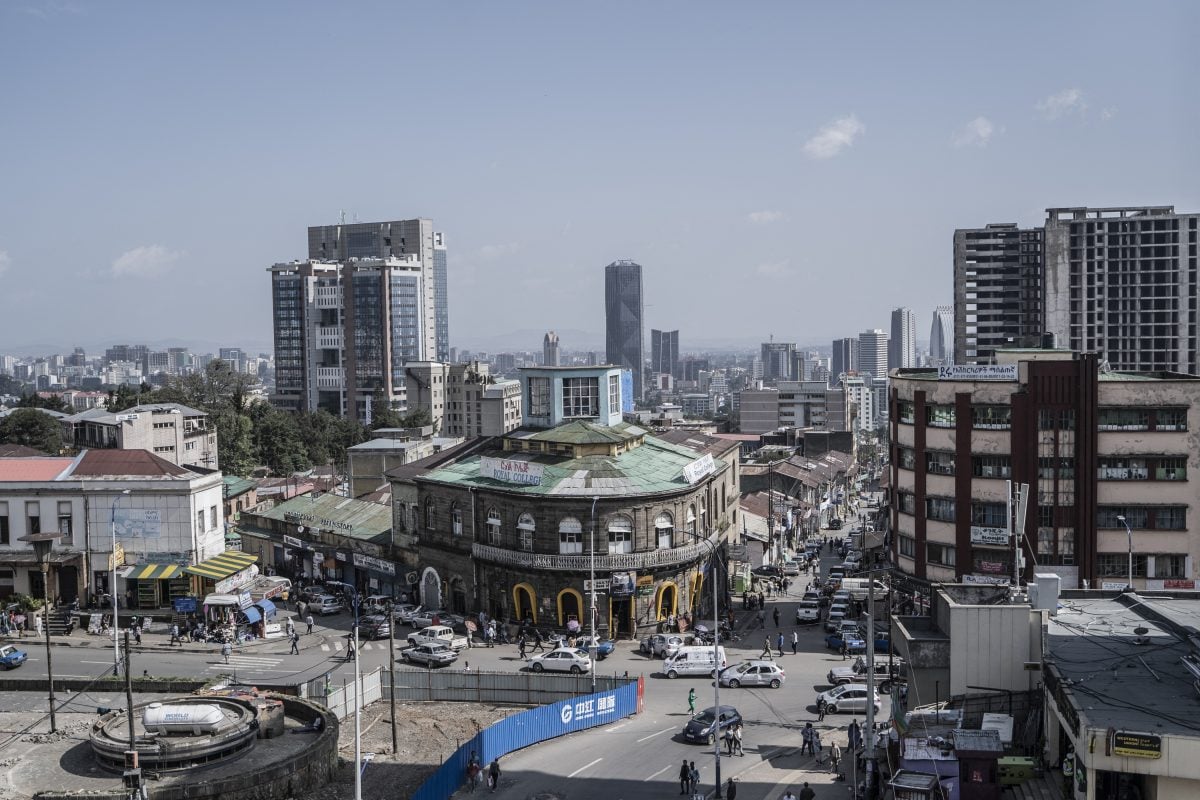Placed first, second and fourth, Kenya’s big three banks have registered among the biggest rises in Tier 1 capital anywhere in Africa. Equity Bank retains top spot with $1.9bn, up from $1.4bn last year, KCB Group grows from $1.3bn to $1.7bn and Co-operative Bank of Kenya from $576m to $927m.
In total there are nine Kenyan banks in the East African Top 20, highlighting the country’s role as one of Africa’s financial services powerhouses.
Ethiopia is rapidly beginning to offer some competition, with six entries in the table, one more than last year, with Cooperative Bank of Oromia the new listing. The liberalisation of the Ethiopian banking market is allowing existing banks in the country to expand and attracting interest from foreign operators.
The economy has grown by an average of 9% a year over the past two decades, while its population of 135m gives it the second-biggest market on the continent. Banking service penetration rates in the country are fairly low; this gives plenty of scope for expansion. It would be no surprise to see Ethiopian banks rising up both our regional Top 20 and the continental Top 100 over the next few years, providing the government does not row back on its deregulation programme.
Equity Bank CEO James Mwangi held talks with the Ethiopian Investment Commission (EIC) in September as the Kenyan bank weighs up an entry into the Ethiopian market. Equity Bank already operates in DR Congo, Rwanda, South Sudan, Tanzania and Uganda. KCB Group, which has had a representative office in Addis Ababa since 2015, also plans to enter the Ethiopian market, possibly via the acquisition of an existing operator.
Cooperative Bank of Oromia was originally set up in 2005 to serve the farming community, and it remains focused on serving small and medium-sized farmers and the agricultural sector more broadly. It has a very large network of 745 branches to support this work, with half of those branches housed in converted containers to minimise costs. It operates in areas without electricity and offers internet access. About 100 branches have already been equipped with solar and wind power, allowing them to educate customers on using digital bank services. It has grown its customer base from 700,000 to 13.2m since 2016.
However, it is notable that growth has been stronger among East Africa’s biggest banks, with those in the lower reaches of our table faring less well. Indeed, the threshold for inclusion in the table, $232m, is exactly the same this year as in 2024. Tanzania and Uganda both have two entries in the Top 20 and Rwanda one.
Both Tanzanian banks, NMB and CRDB, ranked in fifth and sixth positions, have recorded strong growth but the country is somewhere underrepresented in the table. By contrast, Stanbic Bank Uganda and Centenary Rural Development Bank have fallen in the rankings, with the former’s capital decreasing from $372m to $352m since last year’s survey.
Want to continue reading? Subscribe today.
You've read all your free articles for this month! Subscribe now to enjoy full access to our content.
Digital Monthly
£8.00 / month
Receive full unlimited access to our articles, opinions, podcasts and more.
Digital Yearly
£70.00 / year
Our best value offer - save £26 and gain access to all of our digital content for an entire year!

 Sign in with Google
Sign in with Google 



